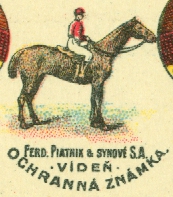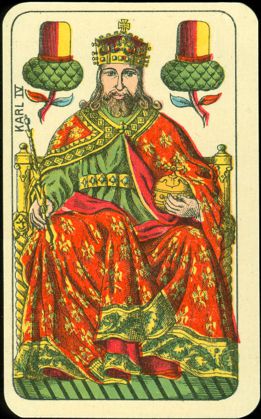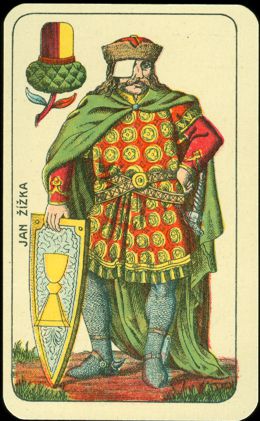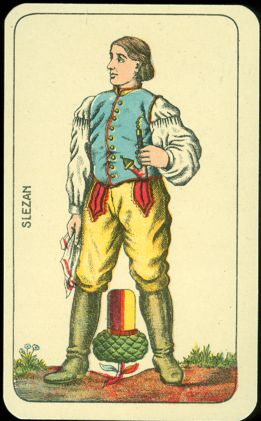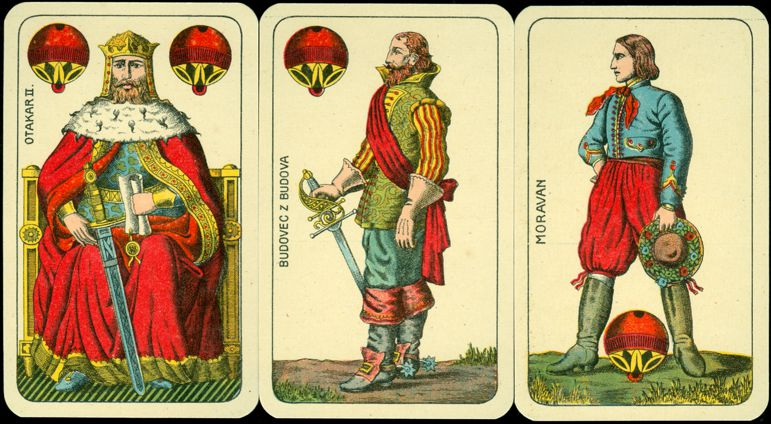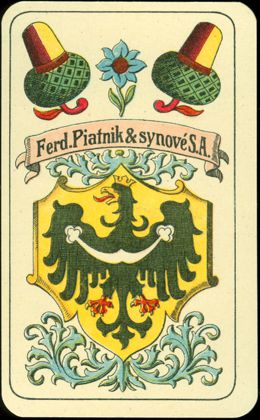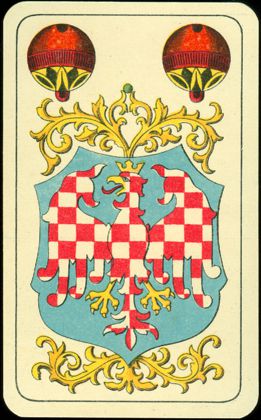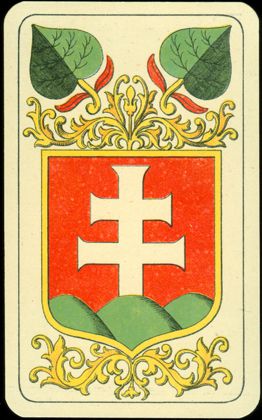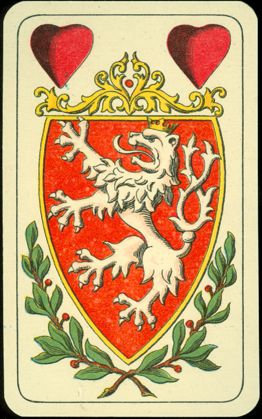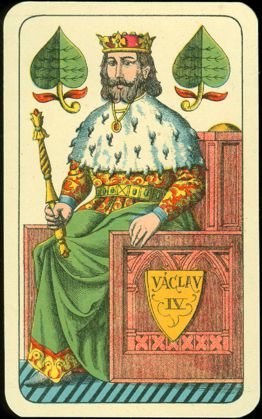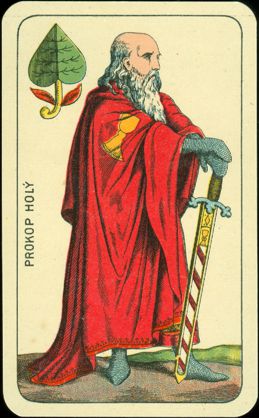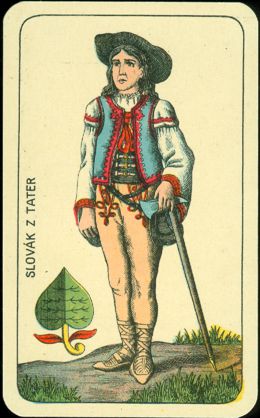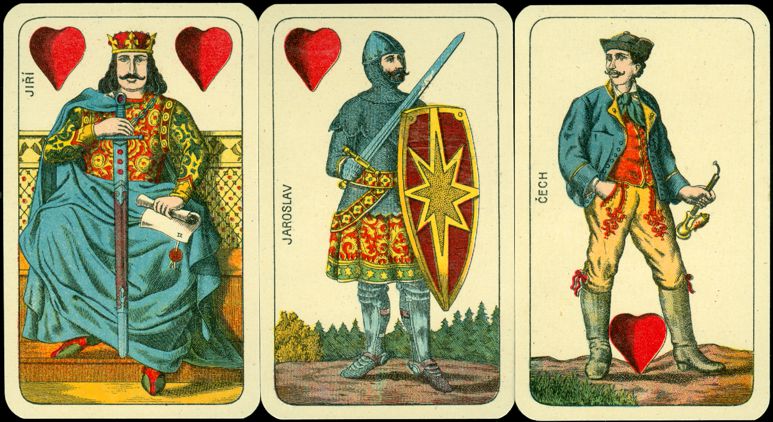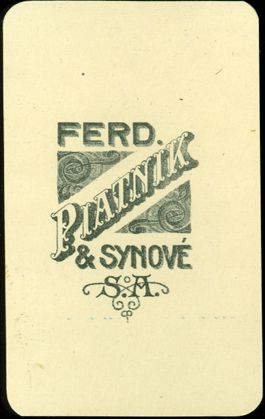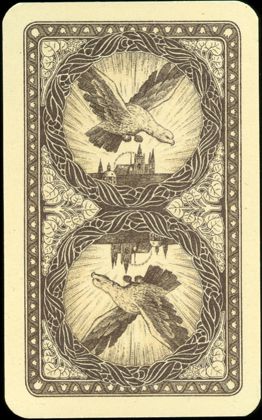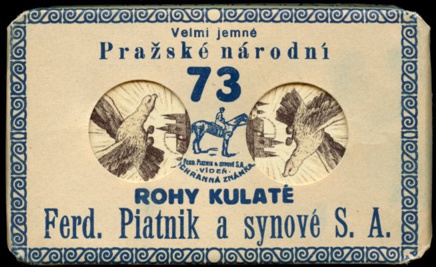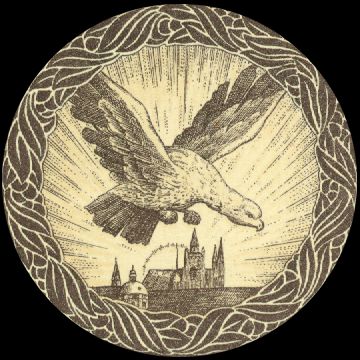 |
||
|
It was a busy month with ups and downs in any possible sense. We lost the central heater of our heating system after 15 years on Friday, so we spent a weekend with a powerful electric heater to warm the living room, gas from the stove to ensure a warm kitchen when there and a small heater for Joop's PC room. But the cold shower was avoided. Monday a new heater was placed and everything was back to normal again. Miriam was just getting better and better, when a "flu bug" hit her and began to take her breath away again. |
So she had to miss the large collectors fair in Nieuwegein this time, but Joop brought home some nice finds. There was one other event this month and that was the trading meeting of l'Accart, the French collectors club, in Paris. A good excuse to spend a long weekend there. Miriam wasn't at her best, but came along anyway. So on Friday we visited the Playing Card Museum in Issy-les-Moulinaux for the Jean Verame exhibition, on Saturday we did some of our usual routes and markets and on Sunday we visited the Accart trading bourse. |
|
|
The results of all this was that this month brought us a difficult choice. There were more than 50 new decks to choose from, in many different styles and patterns, from different decades and countries. It resulted in a long shortlist, that finally boiled down to 3 possible winners: 1/ a rare French deck that was published by Régie -Presse, probably 1970's, designed by Philip Garboua, 2/ a beautifully chromolithographic printed Hombre deck by Wüst with the Salomon Pattern A, published by Holmblad around 1920, and 3/ this one........ |
||
